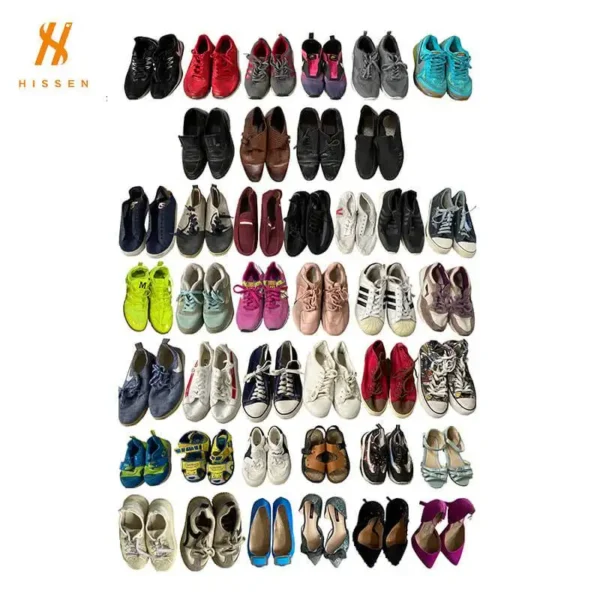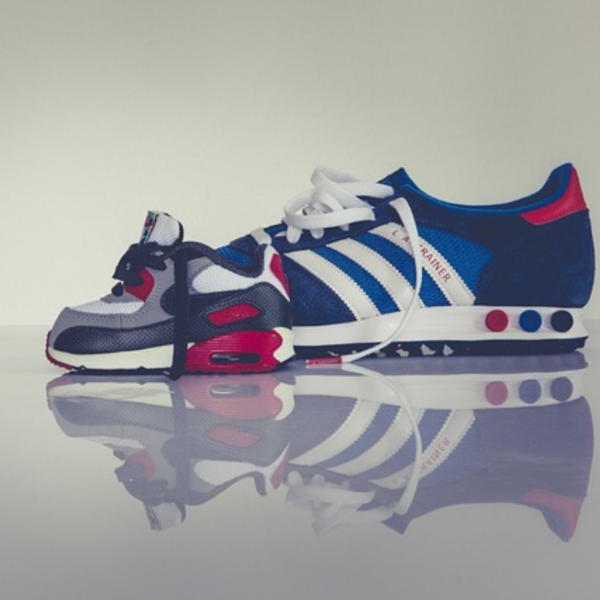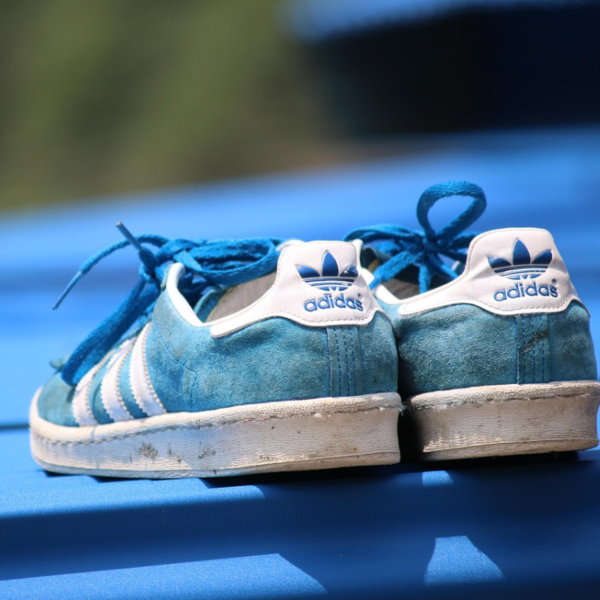I. Introduction: Taking the First Step into Wholesale Buying
Starting your journey in the wholesale market may seem overwhelming at first, especially when dealing with second hand branded shoes wholesale. However, the process is often simpler than many first-time buyers expect. Whether you are a retailer, a distributor, or an e-commerce entrepreneur, entering this industry can open up profitable opportunities. Branded shoes maintain strong demand in many markets, and when sourced from reliable wholesale suppliers, they can provide your business with both attractive margins and sustainable growth.
The key lies in preparation, communication, and building trust with your chosen partners. This guide will walk you through the essential steps to order your first batch of second hand branded shoes wholesale, ensuring you have the right foundation for long-term success. Before diving into the step-by-step process, it is useful to frame what you will gain from this article. This guide will cover key points: A Quality Guide to Used Brand Shoes Wholesale.
II. Preparation Before Placing an Order
Second Hand Branded Shoes Wholesale Market Needs
Before engaging with suppliers, you need to be clear about your customer base. Wholesale purchasing is not simply about buying shoes at a lower price; it is about aligning your stock with the specific preferences of your target audience. Are you catering to online resellers, boutique shops, or bulk distributors? Each segment has its own expectations regarding style, condition, and price range.
By defining your market early, you will be better positioned to select the right mix of second hand branded shoes wholesale that matches demand. This not only reduces risk but also maximizes the chances of a quick turnover. Many retailers also diversify their inventory by including pre owned designer shoes, which appeal to customers seeking branded value at lower cost.
Establish Your Budget
Financial planning is crucial in wholesale purchasing. Setting a clear budget helps you avoid overcommitting and ensures you negotiate with confidence. Keep in mind that your budget should account not only for the purchase cost but also for shipping, handling, and potential after-sale processes.
A well-structured budget allows you to filter supplier offers efficiently, ensuring that you only consider deals that make sense for your business goals. This is particularly important for first-time buyers, as it sets the tone for how you manage cash flow in the second hand branded shoes wholesale environment.
III. Communicating with Suppliers and Confirming Order Details
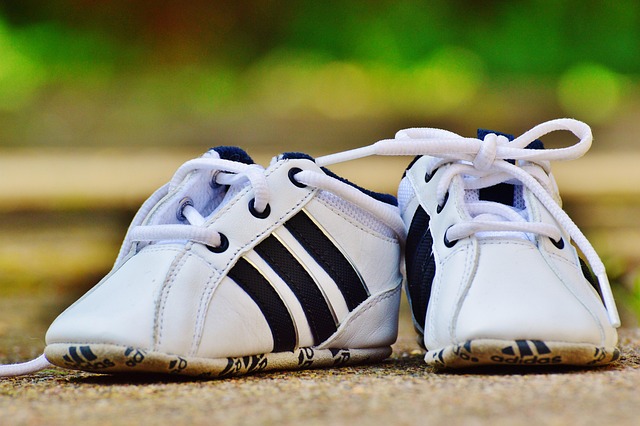
Research Potential Suppliers
The second hand branded shoes wholesale market is diverse, with suppliers ranging from small resellers to large-scale distributors. When looking for second hand branded shoes wholesale, prioritize suppliers with transparent sourcing practices, clear business terms, and positive reputations.
Evaluating suppliers may include reviewing online profiles, checking trade references, or even engaging in direct calls to assess professionalism. A trustworthy supplier should be open to answering questions and providing clarity about their wholesale process.
Clarify Order Terms
Once you narrow down your supplier list, move into detailed discussions about the order. Confirm important aspects such as:
- The condition grading system for second hand branded shoes.
- Minimum order requirements.
- Payment methods and timelines.
- Logistics and shipping options.
Having a written agreement or proforma invoice ensures both parties understand expectations. Clear documentation also protects your business from misunderstandings and creates a professional baseline for future transactions.
IV. Building a Long-Term Business Relationship
Start Small, Think Long-Term
For your first batch, it is advisable to start with a manageable order. This gives you an opportunity to evaluate the supplier’s reliability, delivery timelines, and product quality without overexposing your resources.
If the experience meets your standards, gradually increase order volumes. This step-by-step approach builds mutual trust and signals to the supplier that you are serious about scaling your second hand branded shoes wholesale business.
Prioritize Consistent Communication
Successful B2B relationships thrive on communication. Keep your supplier updated about your inventory cycles, seasonal changes, and feedback from end customers. This allows them to tailor future shipments to your needs and strengthens the partnership.
In the second hand branded shoes wholesale market, long-term cooperation often brings advantages such as flexible payment options, priority access to new stock, and improved pricing. Suppliers value stability, and showing your reliability helps secure these benefits.
V. Receiving Your First Batch
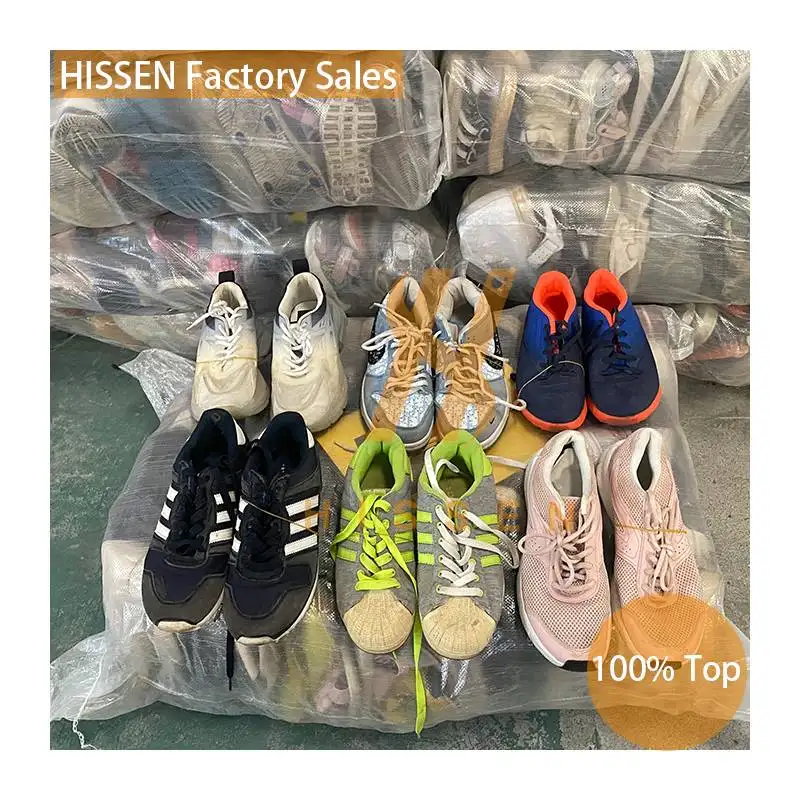
Inspect the Shipment Carefully
When your first batch arrives, inspect it thoroughly before moving items into your sales pipeline. Check for consistency with the agreed condition grades, packaging standards, and overall quality. Documenting the inspection process with photos or reports can be useful if any issues arise later.
This step is critical, not only for protecting your initial investment but also for gaining insights into how your chosen supplier operates. By identifying strengths and weaknesses early, you can make adjustments before placing larger orders.
Prepare Your Sales Channels
Receiving the shipment is only the beginning. You need to ensure that your sales channels—whether retail stores, e-commerce platforms, or bulk buyers—are ready to list, promote, and distribute the second hand branded shoes wholesale you have purchased.
A structured plan for product presentation, pricing, and marketing will help you move inventory faster and reinvest into new orders. This creates a healthy wholesale cycle where capital is constantly flowing and your business remains agile.
VI. Evaluating and Optimizing for Future Orders
Analyze Sales Performance
After selling through your first batch, take the time to evaluate performance. Which categories sold the fastest? Which styles resonated most with your audience? Which factors influenced customer satisfaction or returns?
These insights form the basis of smarter future orders. Rather than approaching your second order blindly, you will now have data-driven understanding to refine your purchasing decisions.
Strengthen Supplier Feedback Loops
Do not hesitate to share constructive feedback with your supplier. Reliable wholesale partners appreciate input that helps them serve you better. Over time, this feedback loop ensures the quality and consistency of the second hand branded shoes wholesale you purchase remain aligned with your business objectives.
VII. Conclusion
Ordering your first batch of second hand branded shoes wholesale is a milestone that sets the tone for your wholesale journey. By preparing adequately, communicating openly, and building strong supplier relationships, you can minimize risks and maximize returns.
Remember, wholesale success is not about rushing into large orders but about steady growth supported by trust and market alignment. With each batch, you gain more experience, refine your strategy, and strengthen your position in the competitive B2B market.
Taking the first step may feel challenging, but with the right preparation and mindset, it can become the foundation of a thriving and profitable wholesale shoe business.

